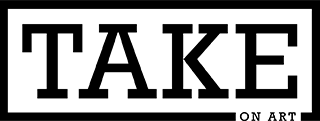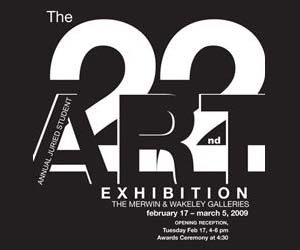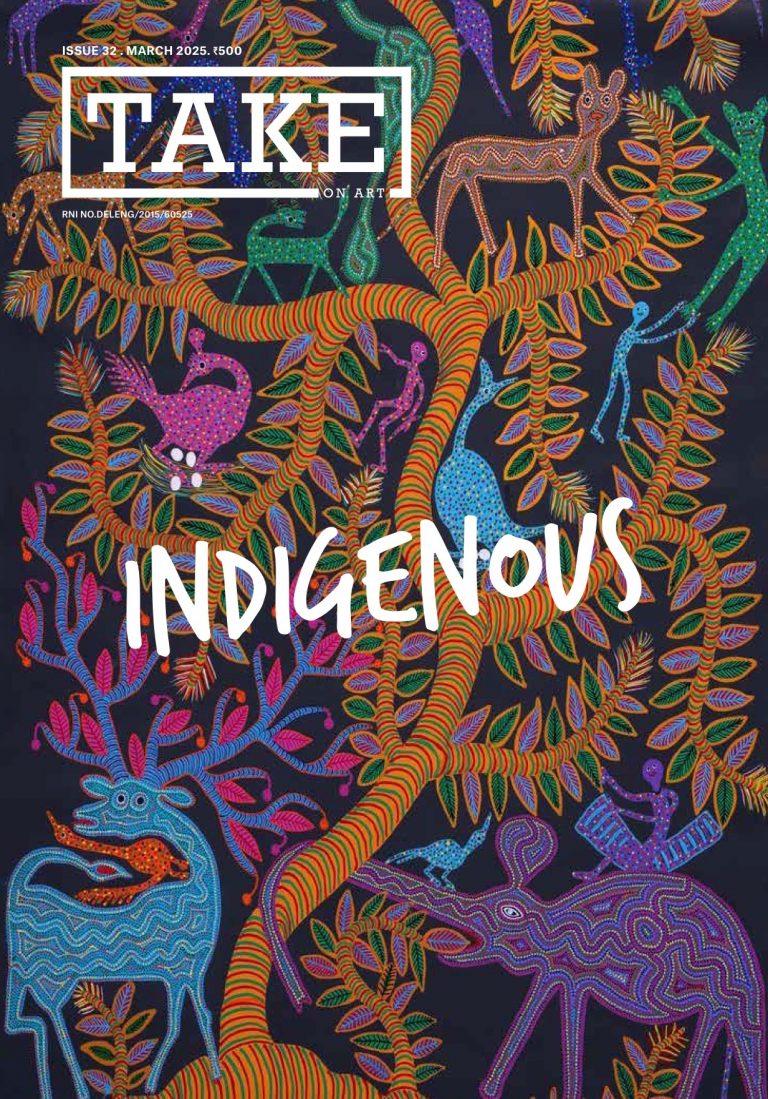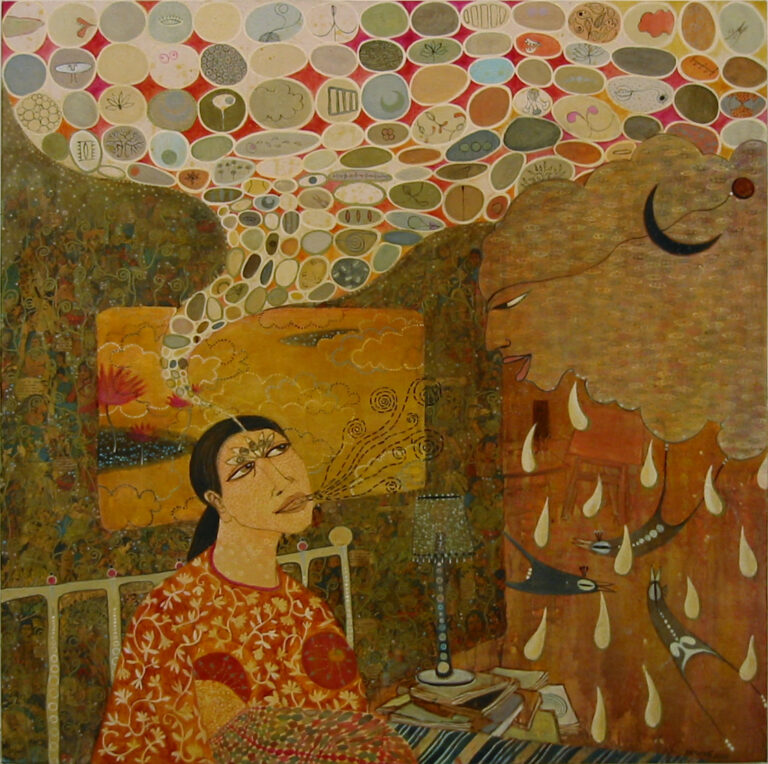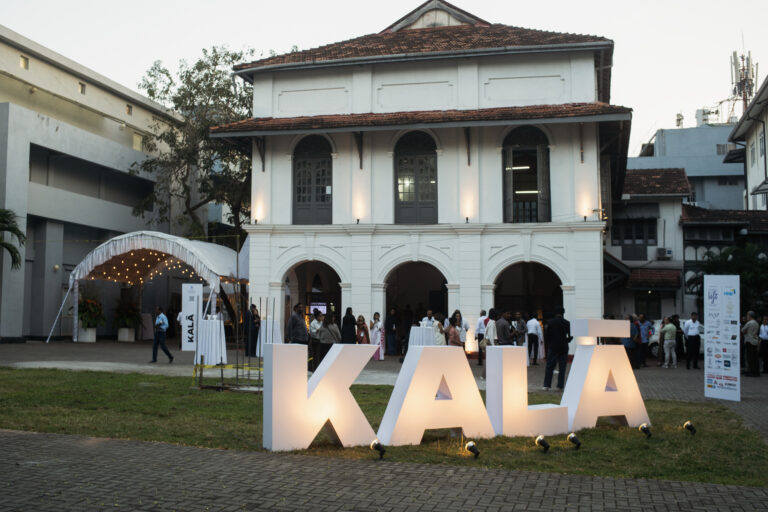
“Do you mind if I record?”
Interviewing podcasters and oral historians of visual art in Switzerland has been an enriching exercise. Sometimes I record the conversation on my phone. Other times, I find that writing down in shorthand helps keep the flow authentic.
As a writer and researcher, I often use interviews as raw material and as a podcaster, I prepare them for public consumption.
The more I tune my ears to listen between the spoken and the written, I find myself regarding the transcript itself as a generative possibility. It is the site of cleavage between the textual and the aural, not a mere memorandum of details.

What are the critical and creative possibilities of the transcript?
Thinking back to my own art podcasting practice, it often involves an extensive elaboration and discussion of a single artwork. Ekphrasis — the verbal description of the visual — is a mode of rendering optical information into a graphical format. Speaking about artworks can be ranging, deep and richly associative, in ways that are unique to the form of the interview or conversation.
There is perhaps even conflict and disagreement, the possibility of a productive dissensus and an egalitarianism afforded by synchrony, where one can rebut and argue in real time.
A transcript could conserve the affect and substance of this sort of informal, casual ekphrasis. And perhaps lend itself to other experiments with art writing.
Writing across and down is like decoding a crossword of meaning through practices of listening.
The ping of the recording app as it copies ephemeral language and the scratch of the pen (or silent operation of the AI software) as it converts that vocal ephemerality into the fixity of a script manifests a critical document in its own right and paves the way for new texts to emerge from it.




